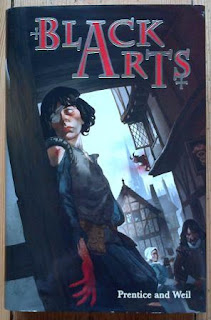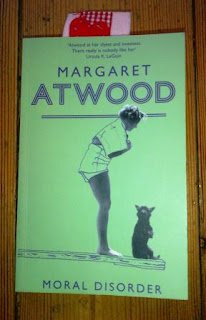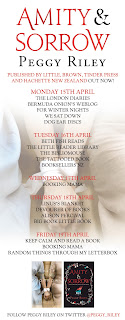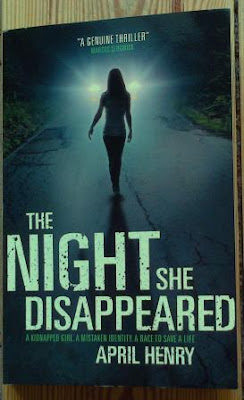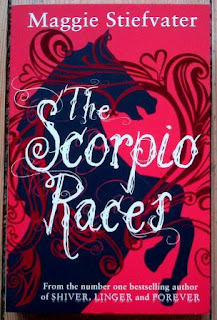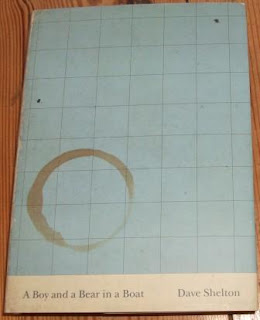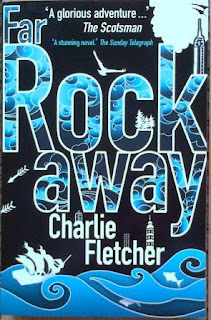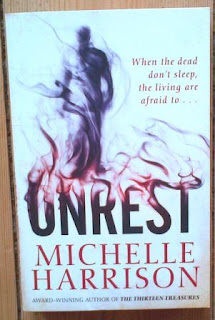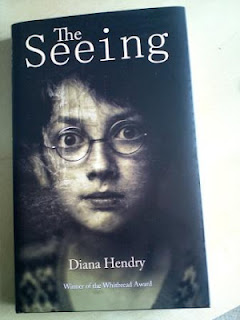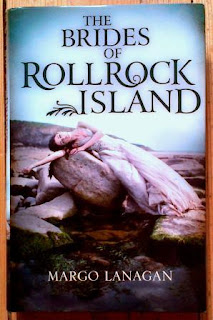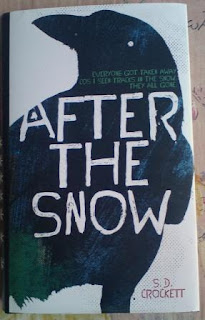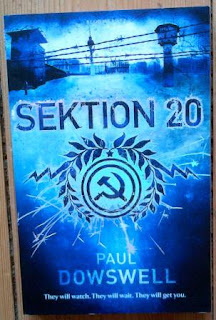If You Find Me by Emily Murdoch
If You Find Me is a chilling but beautifully written story about
two sisters, Carey and Jenessa, who have been brought up in a camper van in
some rural Tennessee woods. They don’t know much about life anywhere else and
they have hardly met any people in that time. They are backwoods. Now, they
are being moved and must negotiate a potentially dangerous situation as well as
learn to adapt and deal with their past and their futures. But from the first
few pages, you know there is something else, something much bigger going on. If
You Find Me is a dark story with a tone to match as it tells of child abuse and
more. A compelling and challenging read.
The novel is told by Carey who is fifteen. She interweaves
her current voice, her memories and woods voice, and her before-the-woods voice
(yeah, can you find her in all of that and can she find herself?). This gives
the reader clues about what happened in the woods, and before that time. A bigger picture (as well as reader suspense) builds up
slowly but, this novel is not a thriller. It doesn’t have that fast adrenalin
pumping feel that thrillers tend to have. It’s much more dramatic and slower. This doesn’t mean it’s a slow read. Quite the
opposite. It’s a quick and compelling read. Wonderfully, it doesn’t leave you
hanging until the end. Even though you might be able to fill in most of the
details of Carey’s story before the end (some readers might not), you’re still
hungering to find out all the nitty gritty bits. And the end, well it’s
definitely thought-provoking. It ties the story up well but leaves just enough
for you to wonder – and debate with other readers - about the reality (and ethics) of what happens next (or should or could).
 |
| If You Find Me by Emily Murdoch |
There are two clear parts to the plot. The main plot is about
Carey and Jenessa fitting into a new ‘civilised’ life. This new life has its own
problems and a dangerous undercurrent runs through it. However, this plot also introduces
the sorts of storyline and issues that appear in many teen novels – being put into new environments but feeling like you don’t fit. This part of the novel is warm
and almost sugary, which is quite a contrast to the sub-plot which explores the
terrible past. The story of the past (and possible future) is very sinister and
full of trauma. Emily Murdoch deals with it sensitively but she doesn’t hold back
much on detail either. Really, it’s all one plot but the novel’s structure
shifts backwards and forwards in time so that it seems like two plots.
What surprised me is how much it reminded me of
Amity & Sorrow by Peggy Riley, which is most definitely an adult novel. Both
novels are dealing with controversial issues and explore a similar situation: two
sisters have been deliberately secluded from the rest of the world. For me,
this is the most interesting aspect in both novels. The problems and delights
that people who have been abused deal with while experiencing social reintegration
and self acceptance is a familiar theme. However, combining it with characters
who are almost foreigners in the country that they have been living in is
fascinating. It’s almost like a refugee story.
Overall, this felt like an adult novel. The themes, the
details of implied and actual sexual abuse, the writing style and plot
structure (multiple flipping from past to present within scenes), create that
sense. The middle section of the book, however, introduces plot elements of school,
making friends and dealing with being an outsider. My least favourite parts of
the novel are introduced here (maybe I'm too old!). I’m not sure if I believe the whole
story that surrounds Ryan. I also never really warmed to Delaney but that might
have been the whole point about what her character has gone through too (Carey
and Jenessa aren’t the only ones who’ve been affected by their past).
I really enjoyed If You Find Me and would recommend it
to older teens. If You Find Me is dark and
explicit but it is also hopeful and explores justice as a concept. Other
novels suitable for young adult readers that explore questions of justice in a
similar vein are Ketchup Clouds by Annabel Pitcher, To Kill A Mockingbird by
Harper Lee and Friday Brown by Vikki Wakefield (forthcoming July 2013).
Publication details: 2 May 2013, Indigo, London, paperback
This copy: uncorrected proof received for review from the publisher


